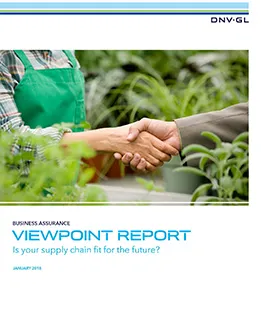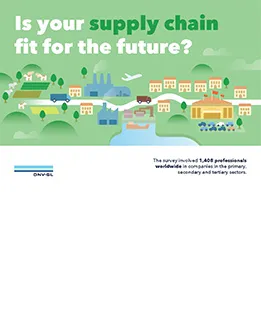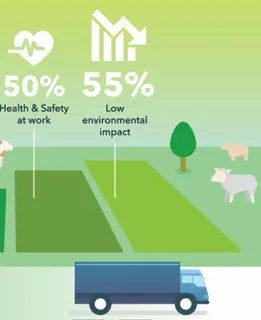DNV study finds that half answer “no” to this question.
51 % of the companies in the study, which was a part of DNV’s ViewPoint series involving 1408 professionals worldwide, consider themselves to be beginners when it comes to sustainable supply chain management. This was an increase from a comparable survey conducted in 2014, where 39 % considered themselves as beginners. The world has however changed a lot since then.
In 2014, supply chain sustainability was still a voluntary approach. Today, we are influenced by UN’s new sustainable development goals (SDGs), the Paris agreement, stricter regulations and a market demand for a more structured and strategic approach to sustainability. While on the surface it may seem like companies’ sustainability maturity has declined, they may simply have a better understanding of and framework against which to measure their sustainability.
Sustainability pressure is high, driven by customers.
Almost 9 in 10 companies feel pressure for a more sustainable supply chain, and the pressure is mainly driven by customer demands, while regulators/authorities and corporate policies are also having an impact.
Responding to the pressure, more than 80 % have made at least one action to improve sustainability in the supply chain. Such actions can be to audit suppliers, require them to submit information around their operations, implement sustainability policies that are communicated in the organization, or entering into dialogue with suppliers to address issues.
However, only 7% have reached out to all tiers of their supply chain. That indicates that companies are not aware of the level of sustainability in their supply chain, and they are not able to impact their suppliers until they have a better overview of how they operate.
How do leaders tackle the challenges?
There is a 5% group that are advanced in managing their supply chains. They have a more structured approach than the other companies, with dedicated policies and procurement routines that ensure that they take action in all tiers of the supply chain. They are using new, digital solutions to systematically collect and analyse supplier data, and are using third parties to do supplier audits and get confirmation that internationally acknowledged schemes and standards are being followed.
How can you ensure that your supply chain is fit for the future?
If you want to know more about how companies are handling increased pressure for sustainable supply chains, you can dive into our material on this survey. The infographic, video and full report will give you more details and give insights into what the leaders do to ensure sustainable supply chains.



